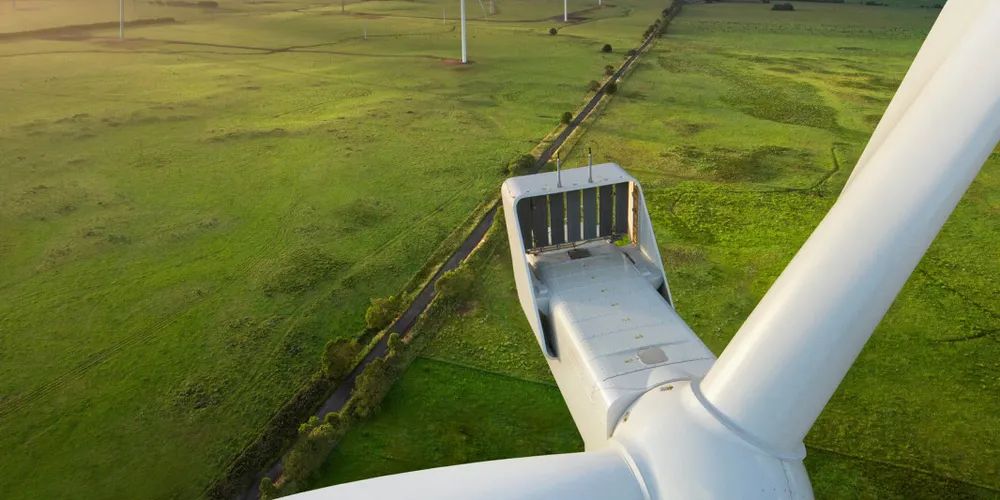'Whole new level' | Iowa weighs US billionaire Buffett's 2GW wind ramp-up via MidAmerican
Developer files plan with state regulators to add 2GW of onshore generation by late-2024 with $3.9bn Wind Prime project

Billionaire Warren Buffett’s MidAmerican Energy aims to add some 2GW of onshore wind generation capacity by late-2024 to its US industry-leading project portfolio, a high-profile boost for a sector losing market share as the energy transition accelerates.
Iowa utility regulators have set a hearing from for the end of October to consider a determination for MidAmerican’s proposed 11 ratemaking principles to govern cost-recovery for its $3.9bn Wind Prime project which would include up to 50MW of PV plant built on-site.
“MidAmerican’s Wind Prime is a commitment and investment on a whole new level, cementing Iowa’s clean energy leadership for many years to come,” Iowa Governor Kim Reynolds said earlier this year.
MidAmerican, which has 7.3GW of renewables capacity under utility ownership, estimates that once Wind Prime is added to its existing generation fleet, it will cover 111% of its customers’ annual energy needs with renewable electricity and sustain 100% coverage into the next decade.
Wind last year comprised 62% of the company’s generation mix followed by coal (23%), natural gas (11%), and nuclear and other sources (4%).
If approved, Wind Prime – the company’s 13th since 2004 involving wind – would qualify for the federal production tax credit (PTC) at 60% value.
Greenwood said MidAmerican is considering nine sites for the project although this could change. No decision has been made for the precise number of installed turbines at each potential site.
Once the largest US wind turbine customer for Siemens before its 2017 merger with Gamesa, MidAmerican since then has largely bought from Vestas, favouring the V110-2.0 model.
MidAmerican, part of the Berkshire Hathaway conglomerate that includes US utilities NV Energy, Pacific Power and Rocky Mountain Power, has found it more cost-effective to build and own wind farms as opposed to buying electricity from third-party independent power producers as most other large utilities do.
Xcel Energy-owned utilities compete with Berkshire’s for having the most wind power on their systems in the US, having embraced this model in recent years to build 4.3GW of capacity, the second most nationwide.
PV installations surpassed those for onshore wind three years ago. In 2021, they totalled 23.6GW on a direct current basis versus 13.4GW for onshore wind, which has a competitive disadvantage as the PTC expired at the end of 2021. The solar investment tax credit (ITC), while stepping down, will settle at a permanent 10% next year.
Depending on start of construction date from 2016-21, an onshore wind project can qualify for 40% to 100% PTC value ($25/MWh) if it meets commercial year-end operation deadlines from 2022 to 2025.
The White House forecasts that solar PV will emerge as the dominant clean energy technology through 2035, the goal set by Biden for the US to achieve a carbon-free electric grid. Battery storage and possibly offshore wind could also surpass onshore wind.
This rosy scenario for solar PV serving 37-42% of electricity demand will depend on multiple factors such as advances in technology, cost reduction, and domestic manufacturing supply chain development.
MidAmerican, nevertheless, is expected to continue adding wind capacity in the belief it will remain cost-effective and provide substantial benefits such as job creation and a competitive advantage to Iowa’s economy.
The company will also explore emerging energy alternatives, with a proposal now in at the Iowa Utilities Board to authorise it to invest in studies of emerging technologies including carbon capture, energy storage, and small modular nuclear reactors.
(Copyright)